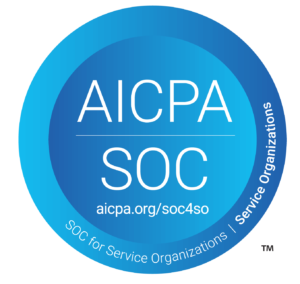There is no process with zero risk, only those with very little risk. When improving the security of a process, the goal is to minimize risk as much as possible. To do this, all potential risks are identified, prioritized, and then mitigated, reduced, or accepted. In a paper-based process, there are inherent risks including fraud and loss. When the process becomes digitized, these risks are nearly eliminated.
Fraud can occur in a paper process due to the time lag between when a transaction takes place and when the system of record is updated. Let’s look at a hypothetical situation to better understand how this could happen. We have three individuals: A, B, and C. Individual A sells an asset to individual B. B verifies the authenticity of the asset against a third-party system – it is authentic, so B purchases the asset. B then mails a paper document to an authorized individual to update the third-party system with the change in ownership. Now A sells a duplicate or forged copy of the asset to C. Individual C verifies the authenticity of the asset against the system – it is still authentic because B’s paper document has not yet been received, so C purchases the asset. This time lag has allowed A to commit fraud and receive two separate payments for selling the same asset.
In the digital world, real time communication eliminates the time lag for transactions. Returning to our hypothetical situation, the system of record is updated or flagged as soon as individual B purchases the asset. When individual A attempts to sell a duplicate or forged copy of the asset, the authentication test fails revealing the inauthenticity of the asset attempting to be sold.
Loss, damage, or theft can occur when a paper-based process has an associated physical asset. Let’s look at the example of paying for something. Cash or a credit card can be stolen and then used to make a purchase. Cash can always be used to transact, and a credit card can be used until it is deactivated by the owner, which takes time.
In the digital world, digital payment methods such as Apple Pay provide more security. Theft can still occur; a smart device with a mobile payment option can be stolen and then used to purchase something. However, more built-in security checks mean there is a lower chance of it happening. For example, Apple Pay requires a password to unlock the smart device and then another password to access the application. Multi-factor authentication can also be enabled to add yet another password.
To be clear, digitizing a process does not make it completely secure, but it is infinitely more secure than a paper-based one because it eliminates the inherent risks that lead to fraud or loss. Digitization allows for real-time communication, which removes the time lag for transactions to be recorded and eliminates the chance an asset can be transacted upon twice. A digital asset in place of a physical asset allows for more security measures to be enabled to protect the owner from loss or theft. The relationship between digitization and enhanced security is appealing and further underscores the benefits of creating a digital asset. And still, there is one more to be addressed up next: the environmental benefits.



